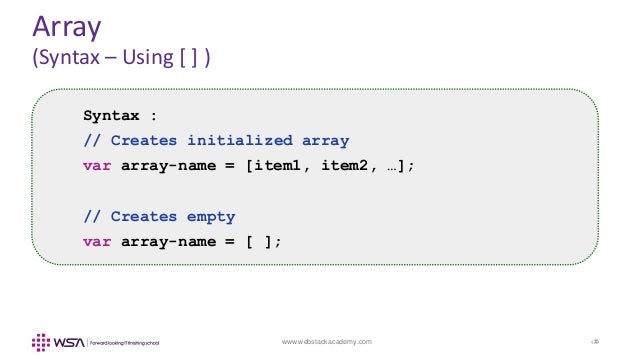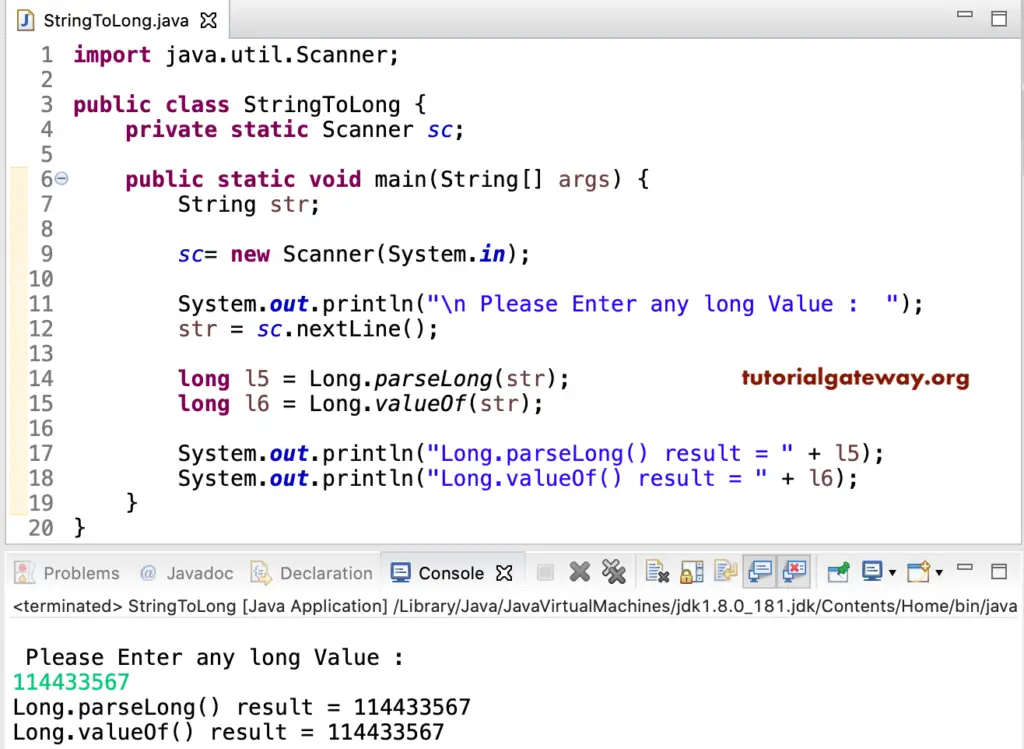
JS HTML DOM DOM Intro DOM Methods DOM Document DOM Elements DOM HTML DOM Forms DOM CSS DOM Animations DOM Events DOM Event Listener DOM Navigation DOM Nodes DOM Collections DOM Node Lists JS Async JS Callbacks JS Asynchronous JS Promises JS Async/Await JS Classes Class Intro Class Inheritance Class Static JS Functions Function Definitions Function Parameters Function Invocation Function Call Function Apply Function Bind Function Closures JS Objects Object Definitions Object Properties Object Methods Object Display Object Accessors Object Constructors Object Prototypes Object Iterables Object Sets Object Maps Object Reference

JSON.JS Tutorial JS HOME JS Introduction JS Where To JS Output JS Statements JS Syntax JS Comments JS Variables JS Let JS Const JS Operators JS Arithmetic JS Assignment JS Data Types JS Functions JS Objects JS Events JS Strings JS String Methods JS String Search JS String Templates JS Numbers JS BigInt JS Number Methods JS Number Properties JS Arrays JS Array Methods JS Array Sort JS Array Iteration JS Array Const JS Dates JS Date Formats JS Date Get Methods JS Date Set Methods JS Math JS Random JS Booleans JS Comparisons JS If Else JS Switch JS Loop For JS Loop For In JS Loop For Of JS Loop While JS Break JS Iterables JS Sets JS Maps JS Typeof JS Type Conversion JS Bitwise JS RegExp JS Precedence JS Errors JS Scope JS Hoisting JS Strict Mode JS this Keyword JS Arrow Function JS Classes JS Modules JS JSON JS Debugging JS Style Guide JS Best Practices JS Mistakes JS Performance JS Reserved Words

If the shape of the payload is fixed, based on the property name (for example, all properties called registry hold Map objects)."Guess" based on the structure of the data (for example, an array of two-member arrays).Serialize the entire object to a string and prefix it with a type tag.log (map2 ) // Map īecause JSON has no syntax space for annotating type metadata, in order to revive values that are not plain objects, you have to consider one of the following: Key = "" ? new Map (value ) : value, ) Ĭonsole. const map = new Map (, ,, ] ) const jsonText = JSON. We can use the replacer to specify the entries to be serialized. Maps are normally serialized as objects with no properties. To transfer large numbers without loss of precision, serialize them as strings, and revive them to BigInts, or other appropriate arbitrary precision formats. So, for example, numbers in JSON text will have already been converted to JavaScript numbers, and may lose precision in the process. Note that reviver is run after the value is parsed. For JSON text parsing to primitive values, reviver will be called once.

Similar to the replacer parameter of JSON.stringify(), reviver will be last called on the root object with an empty string as the key and the root object as the value. If the reviver only transforms some values and not others, be certain to return all untransformed values as-is - otherwise, they will be deleted from the resulting object. Otherwise, the property is redefined to be the return value. If the reviver function returns undefined (or returns no value - for example, if execution falls off the end of the function), the property is deleted from the object. The reviver is called with the object containing the property being processed as this, and two arguments: key and value, representing the property name as a string (even for arrays) and the property value. Specifically, the computed value and all its properties (in a depth-first fashion, beginning with the most nested properties and proceeding to the original value itself) are individually run through the reviver. If a reviver is specified, the value computed by parsing is transformed before being returned.


 0 kommentar(er)
0 kommentar(er)
